Why You Should Wear Sunglasses in Winter
Many people associate sunglasses with hot, sunny summer days, but protective eyewear is essential year-round, including during the winter months. The sun’s rays and reflective snow create unique risks for your eyes, making sunglasses just as important in colder weather as they are in the heat of summer.
Here are four key reasons why wearing sunglasses in winter is just as crucial as in summer.
Protect Your Eyes from UV Rays
The sun emits ultraviolet (UV) rays all year, and prolonged exposure can increase the risk of cataracts, eye growths, skin cancer, and premature wrinkles. In winter, the danger is even greater because snow reflects up to 80 percent of UV light, effectively doubling your exposure. Protecting your eyes from UV radiation is as essential as applying sunscreen to protect your skin.
Optometrists recommend wearing polarized sunglasses with 100 percent UVA and UVB protection, even on cloudy days. Unlike standard sunglasses, polarized lenses have a special coating that blocks light waves reflecting off horizontal surfaces. This reduces glare and improves color accuracy, making them ideal for both sunny and overcast conditions.
Prevent Snow Blindness
If you enjoy skiing, snowshoeing, or other winter sports, effective eye protection is a must. Snow blindness is a painful condition caused by overexposure to UV rays. It occurs when sunlight reflects off snow and ice, especially at high altitudes, leading to symptoms such as:
- Redness
- Pain
- Swelling
- Headaches
- Blurred vision
- Sensitivity to bright light
- A gritty sensation in the eyes
To avoid snow blindness, wear sunglasses or photochromic lenses, which automatically adjust to changing light conditions for better visual clarity. These lenses eliminate the need to switch between regular glasses and sunglasses, making outdoor activities more convenient and comfortable.
Additionally, winter sports sunglasses protect against corneal abrasions from flying debris and help prevent cold temperatures from constricting blood vessels and freezing the cornea.
Improve Safety While Driving
Sun glare is not just an inconvenience—it can be dangerous, especially when driving in winter. Snow and ice create highly reflective surfaces, making glare more intense and unpredictable. This can obstruct your view of traffic signals, pedestrians, road conditions, and other vehicles, increasing the risk of accidents.
Glare from the sun can also cause headaches, squinting, and eye strain, reducing alertness while driving.
For winter driving, select sunglasses with a lens tint that enhances contrast and improves visibility in different lighting conditions. Brown and gray-tinted lenses are ideal for reducing glare without distorting colors, making them suitable for both sunny and cloudy days.
Reduce the Risk of Eye Disease
Long-term exposure to UV rays can lead to serious eye conditions, including:
- Cataracts
- Age-related macular degeneration
- Eyelid cancer
Additionally, frequent exposure to sun and wind can cause pinguecula, non-cancerous growths on the clear membrane of the eye.
Winter sun and wind can also contribute to dry eye syndrome, a condition where the eyes fail to produce enough moisture, leading to irritation and blurred vision. Wearing wraparound sunglasses or glasses with UV protection helps retain moisture and shields the eyes from harsh environmental conditions.
Get Polarized Sunglasses for Winter Conditions in Alberta
At Optometrists’ Clinic Inc., we are committed to helping you and your family maintain healthy vision year-round. We offer a wide selection of prescription and non-prescription sunglasses, along with eyeglasses, contact lenses, and prescription safety glasses.
To find the right winter sunglasses or schedule an eye exam at one of our five clinics in the Edmonton area, contact us today.


